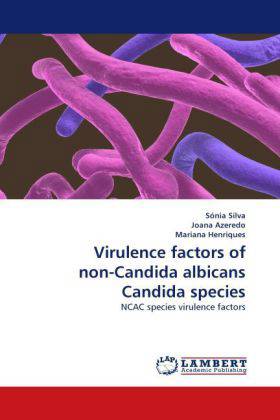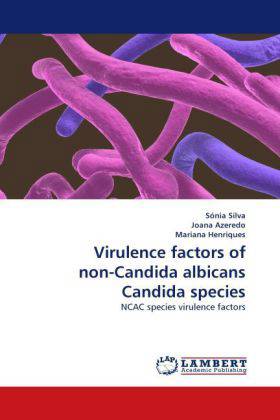
- Afhalen na 1 uur in een winkel met voorraad
- Gratis thuislevering in België vanaf € 30
- Ruim aanbod met 7 miljoen producten
- Afhalen na 1 uur in een winkel met voorraad
- Gratis thuislevering in België vanaf € 30
- Ruim aanbod met 7 miljoen producten
Zoeken
Virulence factors of non-Candida albicans Candida species
NCAC species virulence factors
Sónia Silva, Joana Azeredo, Mariana Henriques
Paperback | Engels
€ 106,45
+ 212 punten
Omschrijving
Candidosis have greatly increased over recent years, mainly due to the rise of the AIDS epidemic, an increasingly aged population, higher numbers of immunocompromised patients, and the more widespread use of indwelling medical devices. C. albicans is the main cause of candidosis, however, non- Candida albicans Candida (NCAC) species such as C. glabrata, C. tropicalis and C. parapsilosis are now frequently identified as potential human pathogens. The apparent increased recognition of these species as human pathogens can be attributed to improved identification methods and reflects the high level of resistance often exhibited by these Candida species to certain antifungal agents. Candida pathogenicity is facilitated by a number of virulence factors, most importantly adherence to host surfaces including medical devices, biofilm formation, and secretion of hydrolytic enzymes. Furthermore, despite extensive research to identify pathogenic factors in C. albicans, relatively little is known about NCAC species. The work presented in this book described the most relevant virulence factors of C. glabrata, C. tropicalis and C. parapsilosis.
Specificaties
Betrokkenen
- Auteur(s):
- Uitgeverij:
Inhoud
- Aantal bladzijden:
- 204
- Taal:
- Engels
Eigenschappen
- Productcode (EAN):
- 9783843388818
- Verschijningsdatum:
- 17/02/2011
- Uitvoering:
- Paperback
- Afmetingen:
- 152 mm x 229 mm
- Gewicht:
- 304 g

Alleen bij Standaard Boekhandel
+ 212 punten op je klantenkaart van Standaard Boekhandel
Beoordelingen
We publiceren alleen reviews die voldoen aan de voorwaarden voor reviews. Bekijk onze voorwaarden voor reviews.








